What and how to feed a pear?
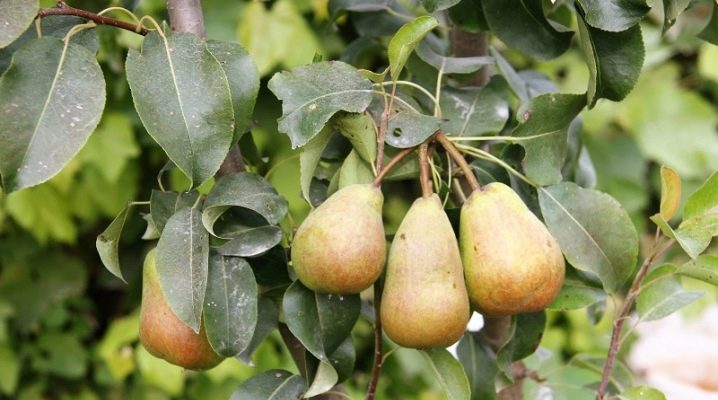
Gardeners are often interested in how and what to feed a pear in spring, summer and autumn to get a high yield. It is worth considering in more detail the main timing of fertilization, types of fertilizing and rules of use.
Timing
Feeding pears is a must-have procedure that cannot be ignored. Experienced gardeners recommend applying the first fertilizers two years after planting the tree. The process is divided into 3 main stages, which are determined by the timing of ripening, flowering and fruiting of the pear.
Each stage is worth considering in more detail. So, for example, the amount and composition of fertilizers in July and June will already be different.
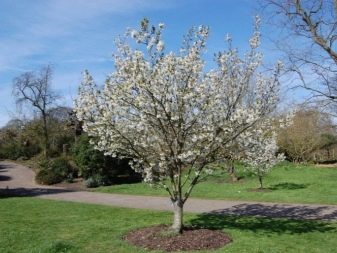
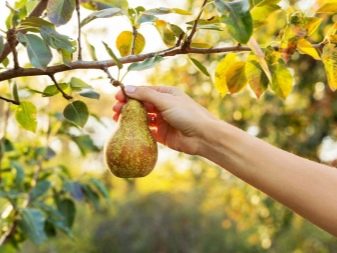
Before and during flowering
Spring is the time of the year when any trees, including pears, need feeding. Basically, during this period, preference is given to nitrogen fertilizers, which accelerate plant growth and the formation of a lush green mass. Timely feeding with nitrogen compounds will allow the tree to quickly go through all the stages and start flowering.
Top dressing is applied in 2 stages.
- The first time the plant is fed before the buds begin to bloom. Usually, the procedure falls on the end of March, the first days of April or the middle of the month, when the snow has not completely melted yet.
- The second feeding process takes place 1 to 2 weeks before the tree starts producing the first buds. By this time, the soil has time to warm up, but slight frosts are quite possible. Fertilizers will help strengthen the pear's immunity.
During the first stage of feeding it is necessary to thoroughly clean the space near the seedling from weeds and any other vegetation, and then perform the procedure for loosening the earth. Then it remains to fertilize the soil with a composition with ammonium nitrate, given that one tree needs 30 g of the substance, and also add organic fertilizers in the form of compost or urea solution.
The second stage involves the use of phosphate fertilizers and mineral compositions. It can be nitroammofosk, for example. After feeding, 2-3 days later, organic matter is additionally introduced into the soil in the form of chicken droppings, as well as fertilizers such as magnesium sulfate or calcium nitrate. Gardeners recommend additionally decontaminating trees in the autumn. This can be done with the help of a solution of ferrous sulfate; it is better to perform the procedure before the buds begin to bloom.
If this drug is not at hand, you can use drugs containing copper. It can be bordeaux liquid or copper oxychloride.
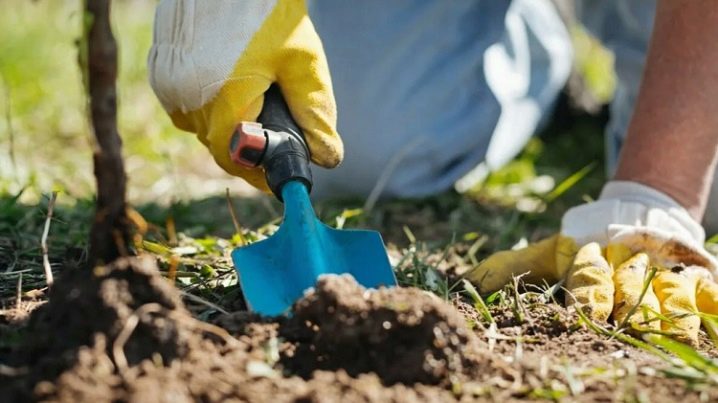
During fruit ripening
After the pear has bloomed, you need to take care of making additional dressings. Nitroammofoska is perfect here... It is recommended to fertilize the soil with a solution of 50 g of the preparation and 10 liters of water. 3 buckets of mortar are enough for one tree.
A phosphorus-potassium mixture will also help strengthen the ovaries.... And after a week and a half from the end of flowering, it is worth using a urea solution with a concentration of 1%. If necessary, the treatment can be repeated after 2 weeks.
After fruiting
Pear fruiting ends by the end of August. During this period, when the tree is actively shedding its foliage, it is recommended to feed it 2-3 times with the help of potassium-phosphorus fertilizers. Additionally, gardeners are advised to loosen the soil in the trunk circle. It is no longer necessary to fertilize the soil in September, any feeding should be stopped. This is explained by the neutralization of chemical elements in the soil.
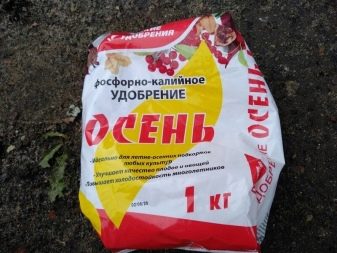
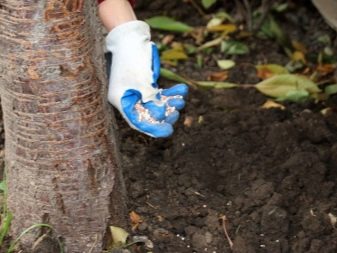
What fertilizers can you use?
A full-fledged pear nutrition is a complex combination of organics and minerals that penetrate the plant by root and foliar method. A gardener should carefully approach the fertilization of seedlings and trees during harvest, pre-adjust the amount of applied substances.
Mineral
Such compositions are introduced into the soil mainly in the spring, especially if the tree is sick. The number of dressings is determined by various factors, among the main ones:
- climate;
- the age of the pear;
- soil condition.
With proper care and counting, the supply of trace elements will be enough not only to form the crop, but also to strengthen the plant's immunity. One of the important chemical elements for a tree is nitrogen, with the help of which it is possible to accelerate the growth of shoots and green mass. Basically, this type of fertilizer is used in the spring in several stages.
- The first top dressing is applied for the active formation of green mass and shoots by the tree.
- The second time fertilizers are used to stimulate bud formation, as well as to set flower buds in order to obtain a rich harvest.
- The third dressing strengthens the pear ovary and allows the fruit to form.
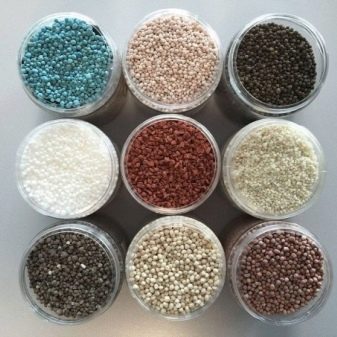
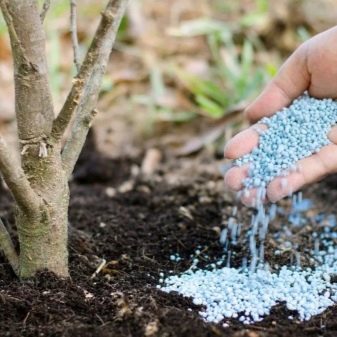
Phosphate-potash fertilizers are in second place in importance. They are used in the spring and summer to stimulate the growth and ripening of fruits. Also, with the help of such dressings, it is possible to strengthen the root system of the tree. Superphosphate is often used in these cases. The third type of mineral preparations is those that contain magnesium. They are designed to activate shoot growth. Basically, the chemical element is found in vermiculite or sulfates.
The advantage of mineral fertilizers is ease of use. Such formulations are produced with pre-calculated dosages. Therefore, the gardener will only have to prepare the solution and add it to the soil. When choosing a top dressing, it is recommended to pay attention to the composition, acidity of the soil, and the pear tree variety. Among the disadvantages of mineral fertilizers are:
- short period of action, which makes it necessary to re-feed;
- the inability to use on a sunny day, otherwise there is a high probability of burning the root system and shoots (if the leaves turn yellow, it means that they were burned by the mineral composition);
- the need for a careful calculation of the dosage, any deviation from the instructions can lead to the death of the plant.
Also, the disadvantage of using mineral compositions is that in the rain their concentration decreases markedly. Pale shoots and poor yields can result.
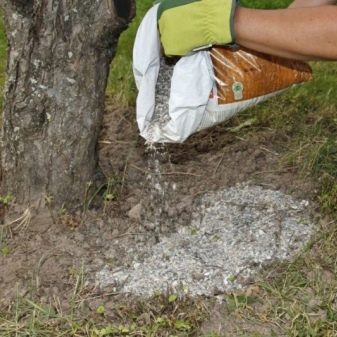
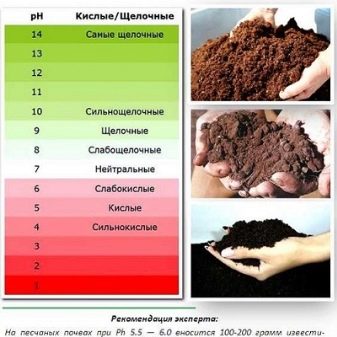
Organic
The main advantage of organic fertilizers is that they are natural. Substances created by nature are not capable of harming either a living being or the environment. This type of fertilizer is applied every 2-3 weeks from the beginning of spring. The compositions have a positive effect on the soil microflora, the result of which is the abundant release of humus. Common organic preparations include:
- "Gumisol";
- "Vermisol";
- "Shine".
Also, standard organic fertilizers can be used as top dressing, which can be obtained at home according to folk recipes.
- Herbivore dung... The fertilizer should be overheated, only in this case the required amount of nitrogen will accumulate in it. Organics will have a positive effect on the roots of the plant. Gardeners recommend putting manure aged for 3 years into the soil.
- Bird droppings. It is also a source of large amounts of nitrogen. It is recommended to dry the raw materials before use, and then prepare a concentrate from it in the ratio of 1 cup of droppings to a bucket of water. Then the finished concentrate in the amount of 1 liter is mixed with 10 liters of water and the soil is fertilized with a solution.
- Wood ash. The fertilizer contains a lot of potassium, phosphorus, magnesium, manganese and calcium, which increases the quality of fruits and their quantity. It is recommended that when using such a fertilizer, take into account that ash greatly deoxidizes the soil.
- Bone flour. The basis of the composition is phosphorus. Also, the fertilizer contains a large amount of zinc, manganese and iron, as a result of which it becomes a complex feeding. Good fertilizer to stimulate the growth of pears that have been planted in peatlands.
- Urea... It is mainly used as root dressing. Also, the fertilizer is used for preventive treatment against pests, making a one percent solution from urea mixed with water.
Organic fertilizers are a must if you plan to get a bountiful harvest.

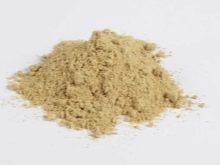
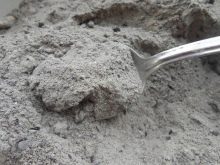
Complex
The key components of complex fertilizers are:
- nitrogen;
- phosphorus;
- potassium.
They can also be used as one-component formulations, but more often gardeners acquire nitrophoska, ammophos or diammophos to activate the growth and fruiting of pears... Additional components of complex formulations are magnesium, sulfur and trace elements. The use of such fertilizers strengthens the immunity of the pear, improves the quality of the fruit.
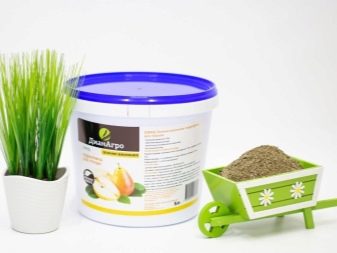
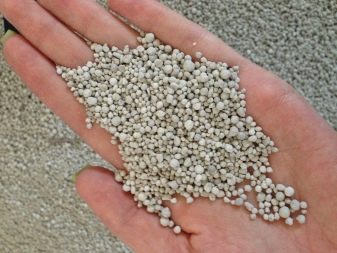
Application rules
Growing pears requires regular feeding so that the tree can receive the necessary nutrients and components, and its fruits are tasty and large. In addition, regular fertilization strengthens the plant's immunity, increases soil fertility and eliminates pests. Before you start feeding your pear, there are several factors to consider.
- Tree development stage... The amount and concentration of dressings are different for young, actively bearing and old trees.
- Feature of the soil. Before feeding a tree, it is worth checking the acidity of the soil.
- Features of culture. It is not recommended to fertilize the pear for the first season, this is a period of active growth. The best solution would be to apply top dressing from the second year.
The first point is considered the most important, since the amount and composition of fertilizers depend on it. Novice gardeners should take into account that it is possible to grow a pear without fertilizers, but in this case, the risks of obtaining a poor harvest or the death of the plant increase.
It is necessary to take into account the basic recommendations for feeding pear trees.
- Organic ingredients must be applied to the ground every three years.
- You cannot mix fertilizers, so as not to cause burns to the roots.
- Only mineral compounds can be poured into the planting pit, nitrogen and potash fertilizers can cause root death.
- Faded or small leaves are a characteristic sign of a lack of nitrogen... An overabundance of the component negatively affects the resistance of the tree to winter. Therefore, so that such situations do not arise, it is worth stopping nitrogen feeding in September.
- You can add liquid organic matter only after it has fermented. The average duration of infusion of manure or droppings is 5 days.
- Before fertilizing, dry, old or diseased branches must be removed, as well as all the weeds around the trunk.
Taking into account simple rules will allow you to organize timely and high-quality care of a pear to obtain a bountiful harvest.
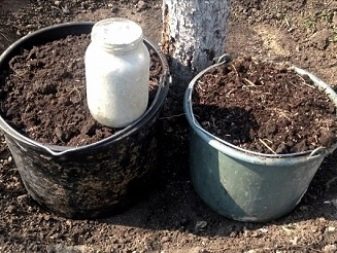
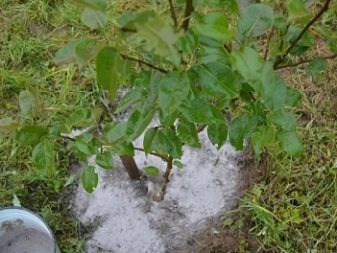






The comment was sent successfully.